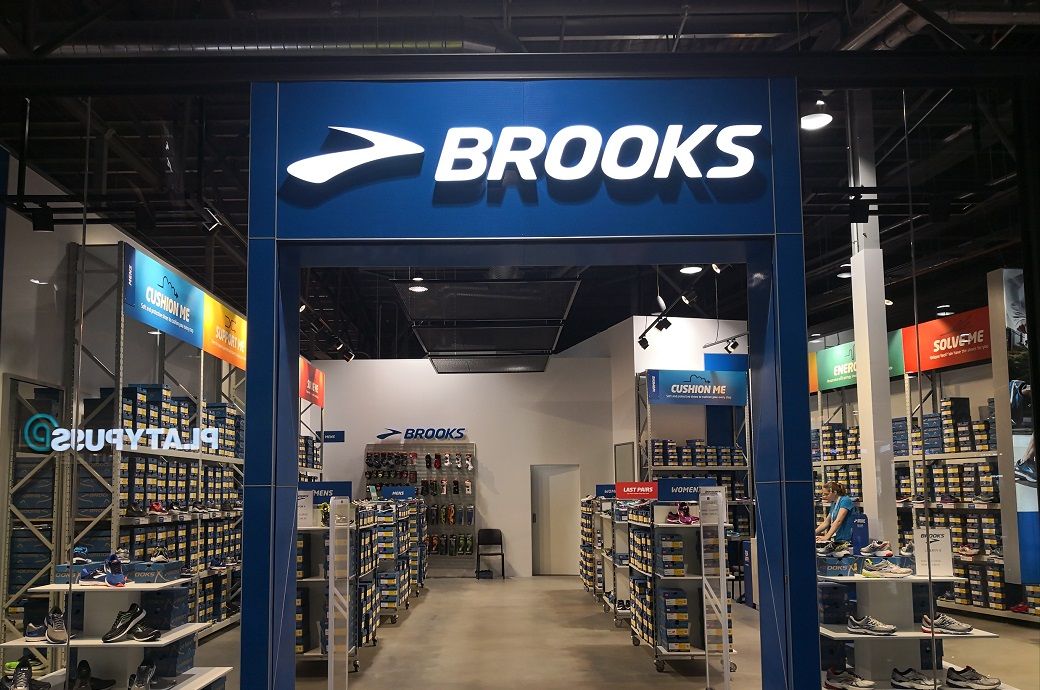The design of office cubicles has a profound impact on employee productivity and well-being. A well-designed workspace encourages focus, collaboration, and efficiency, while a poorly planned environment can lead to distractions, discomfort, and reduced performance. Modern office cubicles are evolving to meet the needs of today’s workforce by offering ergonomic features, flexibility, and customization options that support diverse work styles. This article explores how companies can design cubicles to foster employee productivity, engagement, and overall satisfaction.
1. Optimizing cubicle layout for workflow efficiency
The layout of the cubicles should align with the company’s workflow to allow for seamless operations. For example, open cubicle groups can improve communication for departments that require constant collaboration, such as marketing or customer service teams. Meanwhile, functions that require more attention (such as accounting or software development) can benefit from cubicles with higher partitions or closed layouts to reduce interruptions.
Workflow-based cubicle design ensures that employees have easy access to the people, tools and resources they need, minimizing wasted time and increasing efficiency.
2. Ergonomic furniture to improve comfort and health
Comfort is crucial to productivity, especially in office environments where employees remain seated for long periods. Investing in ergonomically designed desks, chairs, and monitor arms can make a significant difference in employee health and performance. Adjustable chairs with lumbar support, height-adjustable desks, and dual monitor setups reduce the risk of musculoskeletal problems and improve posture.
When employees feel comfortable, they are less likely to experience fatigue or discomfort, allowing them to stay focused and productive throughout the day. Ergonomic features also contribute to greater job satisfaction, which can reduce absenteeism and turnover.
3. Balance privacy and collaboration
Cubicles should strike a balance between privacy and collaboration. Employees need private spaces to focus on individual tasks without distractions, but they also need opportunities to interact with colleagues when necessary. Cubicle designs with moderate-height partitions offer a sense of separation while allowing employees to communicate easily.
Some companies opt for flexible cubicle systems, where panels can be raised or lowered as needed. This adaptability ensures that employees can enjoy privacy during focused work and collaborate seamlessly when necessary.
4. Incorporate acoustic solutions to minimize noise
Noise is a common factor that kills productivity in open-plan offices. While cubicles help reduce distractions, companies can further improve productivity by integrating acoustic solutions. Soft materials, such as fabric-covered panels or sound-absorbing partitions, help dampen noise levels and create a quieter workspace.
For offices with high call volume or frequent meetings, additional features such as white noise machines or soundproof phone booths can prevent interruptions. Employees who are less distracted by ambient noise can concentrate better and complete tasks more efficiently.
5. Natural lighting and biophilic elements
Exposure to natural light has been linked to better mood, concentration, and productivity. When designing cubicles, companies should maximize access to windows and natural light. If direct sunlight is not available, high-quality LED lighting that mimics daylight can be used to create a bright, energizing atmosphere.
Incorporating biophilic elements, such as plants or natural textures, further enhances the workspace. Greenery not only improves air quality, but also has a calming effect on employees, boosting creativity and reducing stress. These elements create a more welcoming environment where employees can thrive.
.
6. Technology integration for seamless workflows
Modern office cubicles must support the use of technology to enable seamless workflows. Integrated cable management systems keep workstations organized and prevent tangled cables from becoming distractions. Power outlets, USB ports, and charging stations built into the desks ensure employees have easy access to the tools they need.
Additionally, some companies are adopting smart cubicles that include features such as touch screens or IoT-enabled devices to further improve productivity. These innovations allow employees to seamlessly connect with their colleagues, access information quickly, and stay productive throughout the day.
7. Personalization options to encourage engagement
Allowing employees to personalize their cubicles fosters a sense of ownership and belonging. Simple touches like displaying family photos, adding personal decor, or choosing desk accessories make employees feel more comfortable and connected to their workspace.
Some companies go a step further by allowing teams to design their own cubicle clusters or incorporate team-specific themes. Personalization promotes employee engagement, which leads to higher productivity and morale. Employees who feel a sense of connection to their workspace are more likely to stay motivated and perform at their best.
8. Encourage movement with flexible furniture
Sitting for long periods of time can negatively affect your health and productivity. Incorporating flexible furniture, such as height-adjustable desks, encourages employees to alternate between sitting and standing throughout the day. This promotes movement, reduces fatigue and improves concentration.
Adding options such as mobile pedestals or rolling chairs allows employees to move easily within their workspace, promoting a more dynamic work environment. Encouraging movement throughout the day helps employees stay physically and mentally engaged, leading to greater productivity.
9. Use of modular cubicles to achieve scalability and adaptability
Companies need workspaces that can evolve with their needs. Modular cubicles offer the flexibility to reconfigure layouts as teams grow or workflows change. These systems allow businesses to add or remove workstations without requiring major renovations, ensuring that the office layout remains functional and efficient over time.
For example, modular cubicles can be organized into open clusters for collaborative projects or separated into private spaces during periods of focused work. This adaptability ensures that office layout can be optimized to support productivity at all stages of business growth.
10. Create a positive atmosphere with thoughtful design
The overall aesthetic of the office affects the mood and productivity of employees. A clean, organized and aesthetically pleasing environment promotes concentration and reduces stress. Choosing colors that align with the company’s brand while promoting calm, such as blues and greens, can improve productivity.
Additionally, keeping cubicle spaces tidy with proper storage solutions ensures that employees can work efficiently without unnecessary distractions. A well-designed cubicle system reflects company values and culture, creating a positive atmosphere that motivates employees to excel.
Conclusion
Designing office cubicles for maximum productivity involves more than choosing desks and partitions. It requires a thoughtful approach that balances privacy, collaboration, convenience and aesthetics. Companies can improve employee performance by incorporating ergonomic furniture, acoustic solutions, technology integration, and biophilic elements. Discover innovative office solutions and design inspiration at Corporateofficeint.com to enhance your workspace today.



